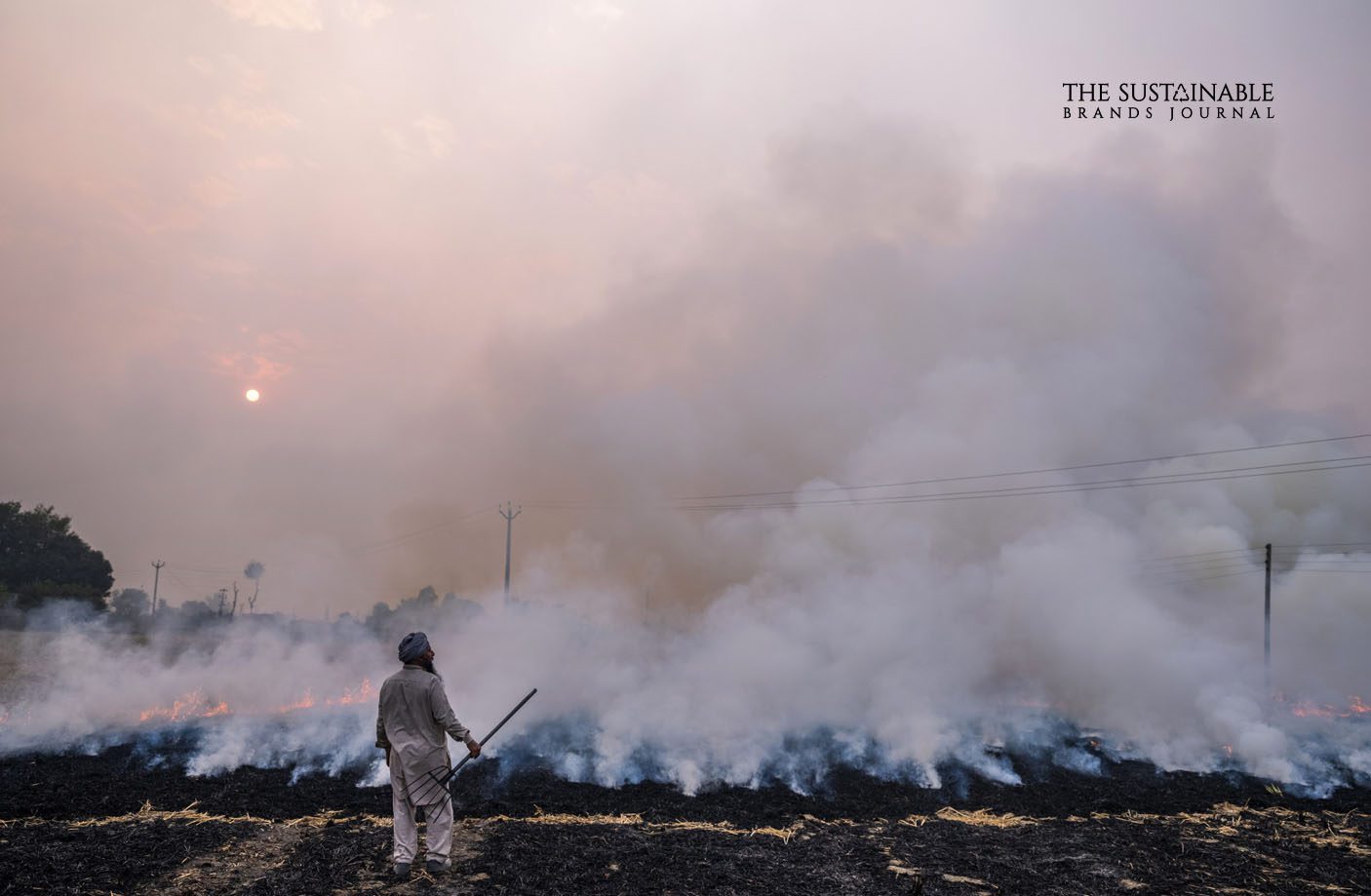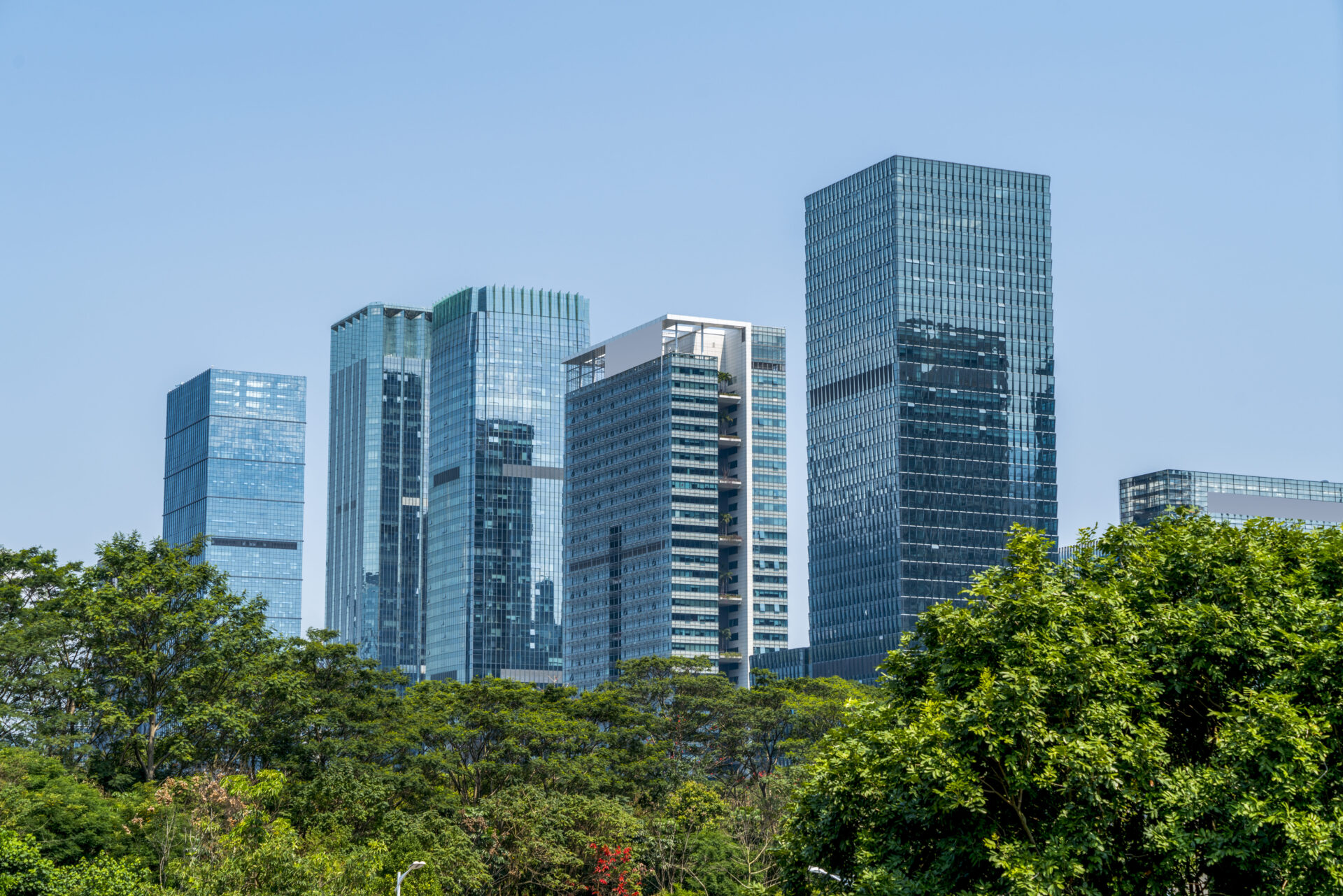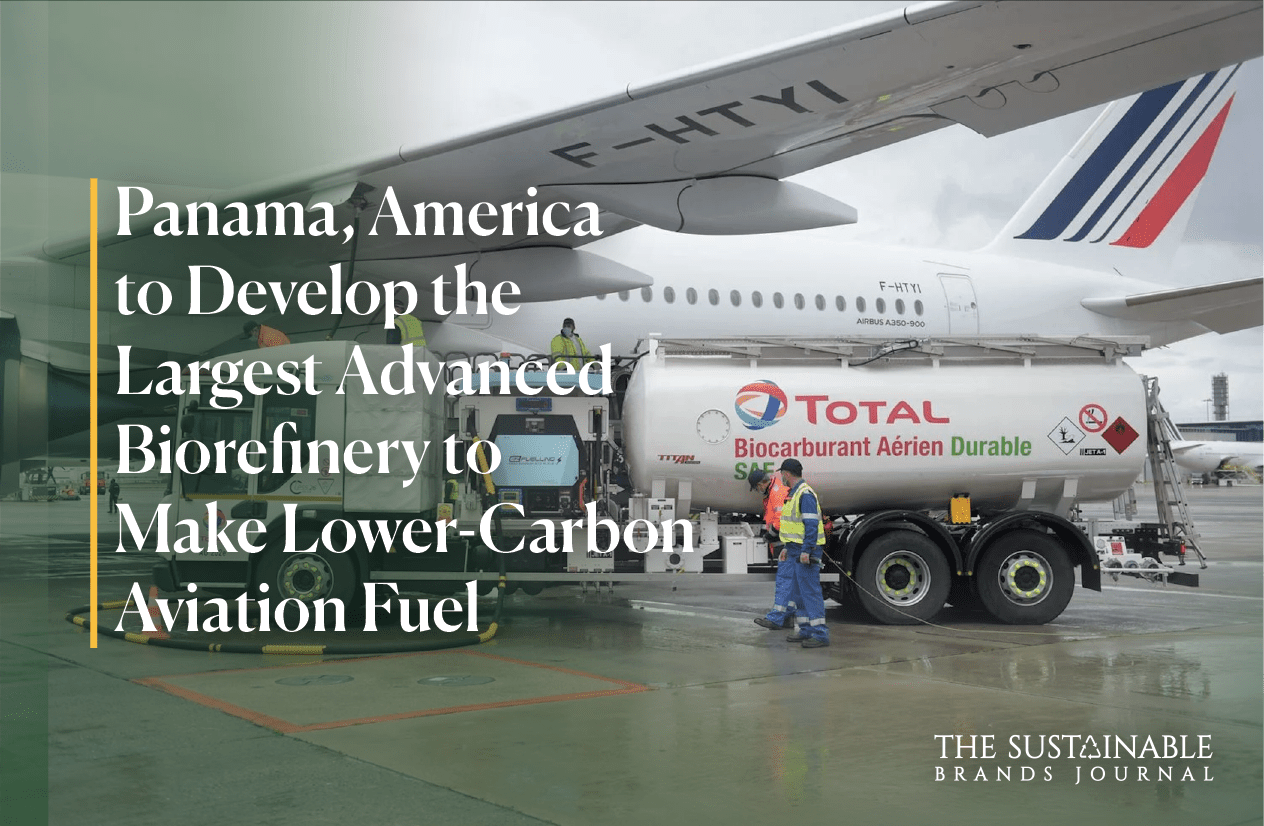
How Pollution Cleaning up May Be Heating the Planet
While aerosols may have been cooling the atmosphere to an extent comparable to some greenhouse gases warming it, their negative impact on human health cannot be ignored.
Although the latest report from the Intergovernmental Panel on Climate Change brought some rare good news last week, it came with a caveat. Human activity has slowed the rate of global warming by up to 0.8 degrees Celsius over the past two centuries, but it is still a result of our actions.
The downside to this cooling effect is that it is caused by emissions of fine particles such as sulfur and nitrogen compounds and carbon, collectively known as aerosols. Unlike the small spray cans of aerosols, these particles are generated by burning carbon-rich fuels that also produce greenhouse-gas emissions. These particles remain suspended in the atmosphere, affecting cloud formation and reflecting solar radiation, which offsets the warming caused by greenhouse gases like carbon dioxide and methane.
Consequently, increased aerosol emissions lead to a cooling effect, whereas reducing them would contribute to warming. Nonetheless, reducing aerosol emissions should be a top priority for global health because exposure to these chemicals caused approximately 4.23 million excess deaths in 2015. The worst impacts occurred in poorer countries from inhaling smoke from wood and dung fires, while in richer countries, transportation fuels and road dust were the main sources.
There is some positive news on this front, as progress is being made to reduce aerosol emissions. Since the 1980s, sulfur dioxide (SO2) concentrations in Europe and the US have been decreasing due to the installation of scrubbers in power stations to remove sulfur compounds from smokestacks, prompted by concerns about acid rain. In China, regulations have similarly been implemented, leading to a significant reduction in aerosol emissions from power plants. In India, the government’s promotion of LPG stoves has also helped to decrease smoke from domestic cooking.
Yet, that advancement in health implies that the cooling impact that aerosols have offered since the beginning of the industrial age is no longer present, which is a setback for the climate. As a result, even a reduction in carbon emissions might not be enough to stop the earth from warming.
According to Natalie Mahowald, a Cornell University professor, “It could be as important as warming from CO2 over the next few decades.” As aerosols are removed for better air quality, temperatures will rise.
In some areas, the effects of this have already been measured. Temperatures may have risen by as much as 0.3 degrees Celsius in parts of the northern hemisphere as a result of the Covid-19 lockdowns at the beginning of 2020, with warming from reduced aerosol emissions outpacing cooling from a reduction in greenhouse gases.
Sun powered radiation at ground level in Wuhan nearly multiplied at the pinnacle of China’s lockdowns because of decreases in sprayers, a gathering of Chinese specialists tracked down this month. According to a separate 2022 study, elevated concentrations of methane, a particularly potent greenhouse gas, may have been caused by falling levels of nitrogen oxide, which may have altered the equilibrium of atmospheric chemical reactions.
Sulfur dioxide, the most important aerosol for cooling the atmosphere, may have been further reduced as a result of regulations enacted in the same year that prohibited high-sulfur fuel oil from shipping fuel. According to a recent study, sulfur control regulations that China implemented between 2016 and 2019 reduced regional SO2 emissions by as much as 40%.
Most people think of geoengineering—the idea of stopping global warming by spraying SO2 into the atmosphere and dimming the sun—as something out of science fiction or, at the very least, as crazy ideas from out-of-control startups. What these examinations show is that, going against the norm, we’re as of now doing geoengineering, besides in turn around — warming the planet as opposed to cooling it.
Because of this, the subsequent decades will be particularly challenging. CO2 can remain in the atmosphere for up to 1,000 years, whereas aerosols typically disappear in a matter of weeks. Consequently, when you clean up smokestack emissions, the undesirable effects last longer than the beneficial ones.
Researchers at NASA’s Goddard Institute came to the conclusion last year that we are at the “turning point of the aerosol era.” Their cooling effect is already as weak as it has been in a century. According to a recent study led by James Hansen, a climate scientist at Columbia University, warming could double between 2010 and 2050 compared to the previous four decades.
The good news, according to Bill Collins, a climate processes professor at the University of Reading in the United Kingdom, is that these modifications are already being incorporated into our models of future climate change. According to Mahowald, reducing aerosol emissions should continue to be a top priority because, for the next few decades, they will continue to kill more people than climate change, with a particular impact on poorer and non-White groups who are more exposed to them.
Additionally, there are a few win-win options. Rarely, diesel fuel, wood and dung fire smoke, and soot from burning fields and forests all warm rather than cool the atmosphere. Both sides of the climate change equation will benefit from reducing that pollutant’s output. According to Collins, removing nitrogen oxides from aircraft can warm the atmosphere even when ground-level emissions cool it.
We still face a risky way out of the situation we created for the world. Despite the fact that carbon dioxide receives a lot of attention in discussions about climate change, it is only one of the ways that human activity has disrupted the atmospheric equilibrium that has existed since the beginning of civilization. It will be far more enthusiastically to reestablish that equilibrium than it was to disturb it.

Prachi, an accomplished Chief-Editor at The Sustainable Brands Journal, has 15+ years of experience in Europe, the Middle East, and India, managing 90+ global sustainable brands. She’s a prolific writer in sustainability, contributing to various publications. Prachi’s unwavering passion and expertise make her a recognized authority, driving positive change and inspiring a sustainable future.





